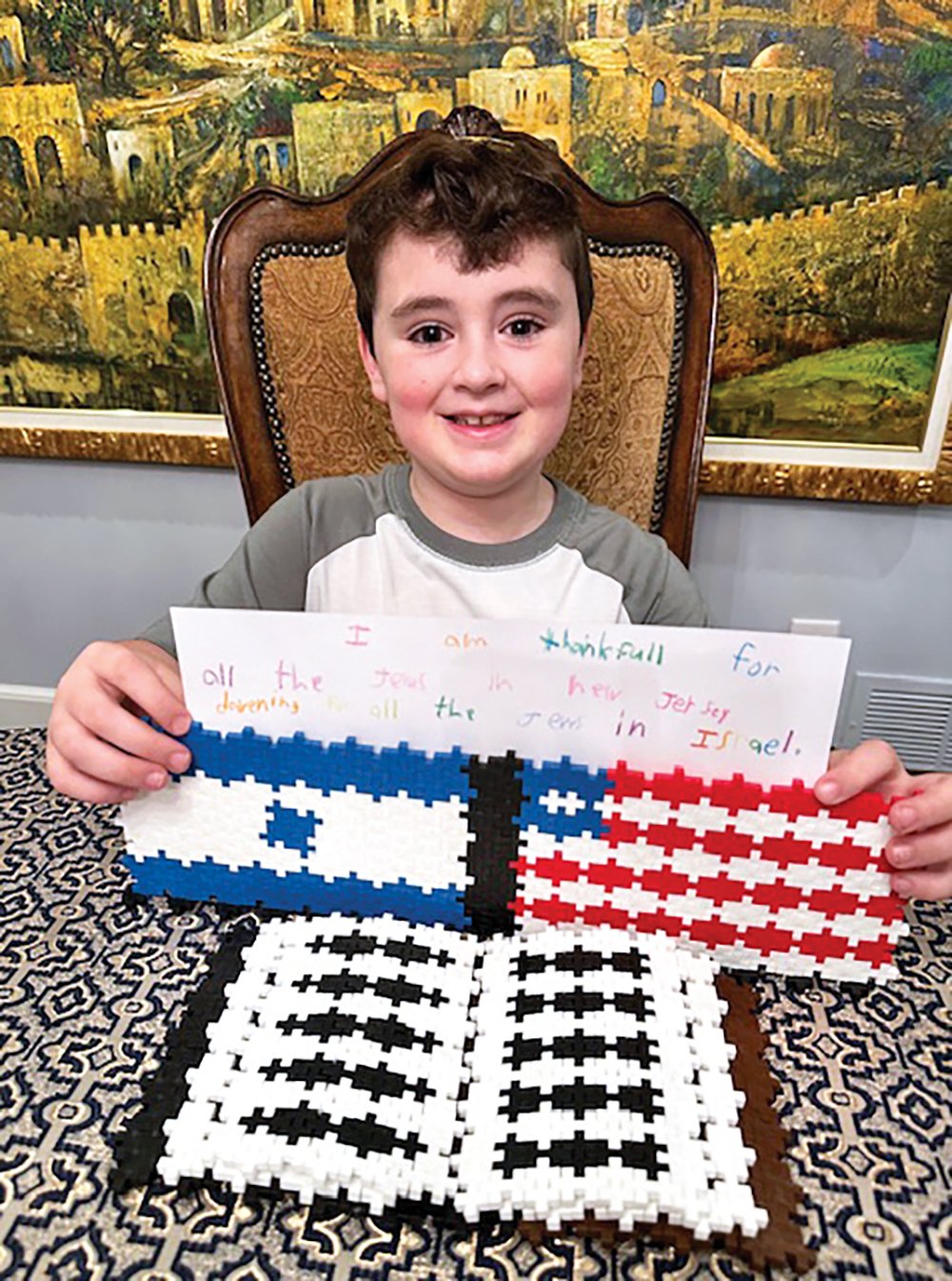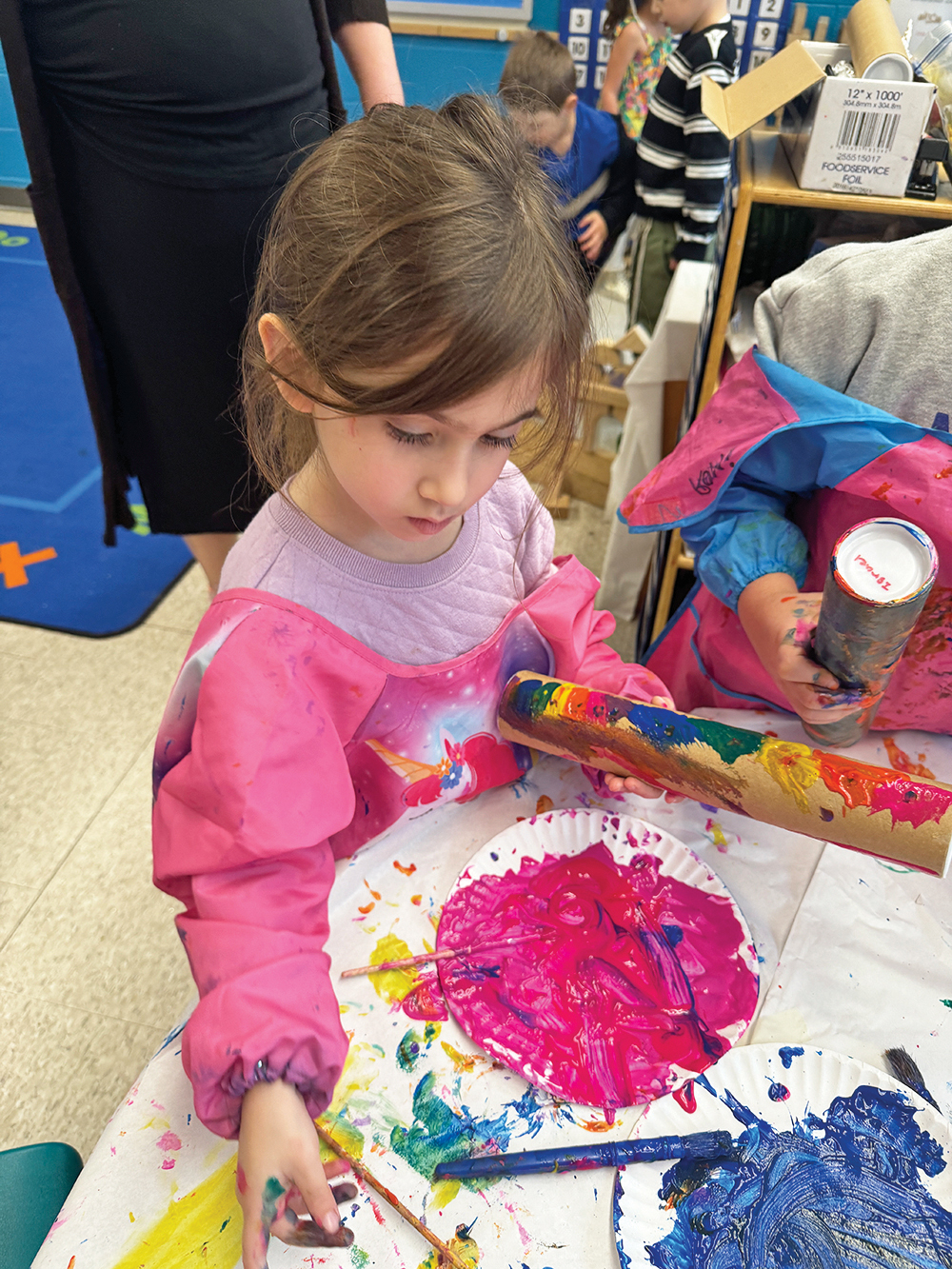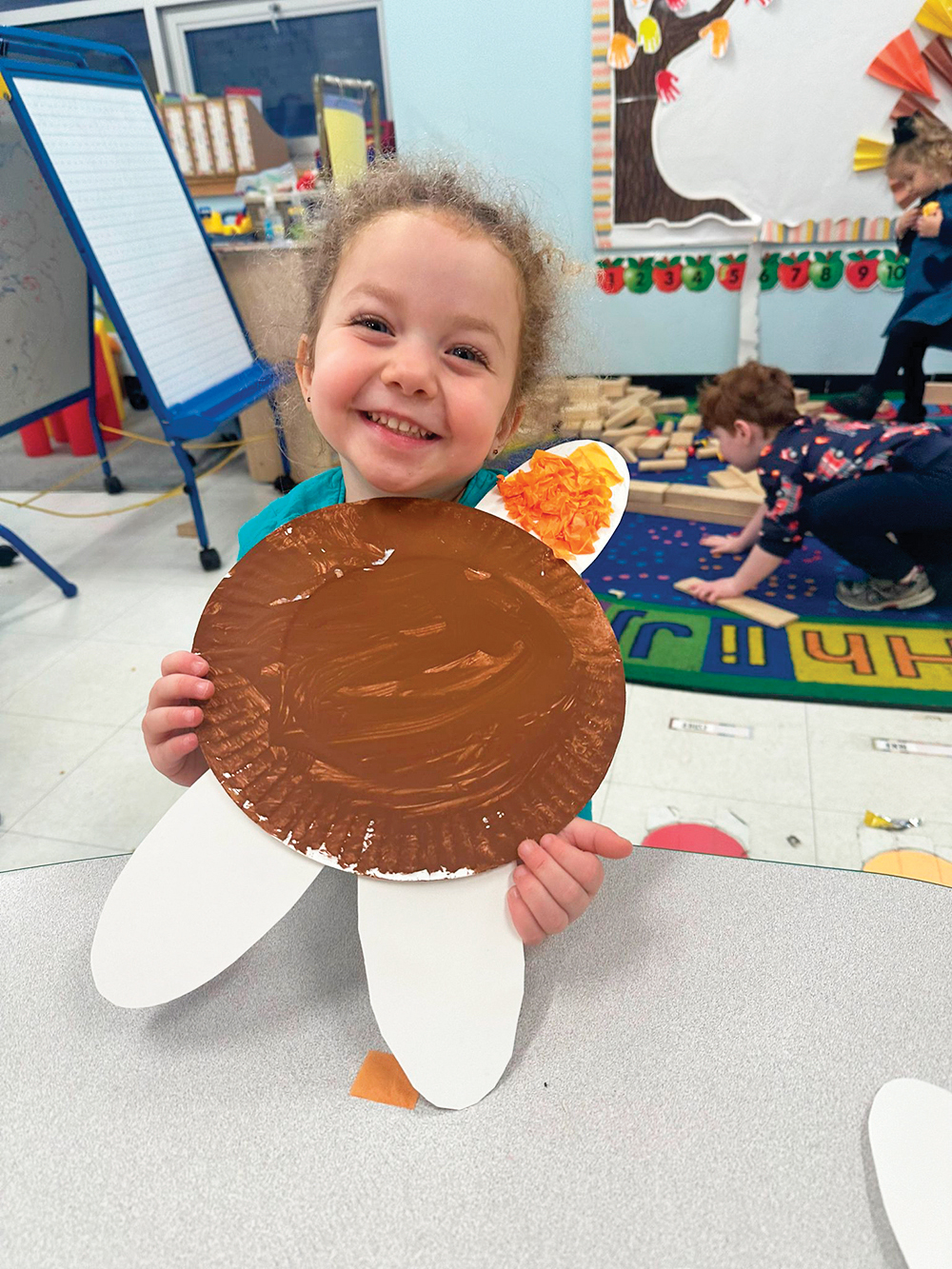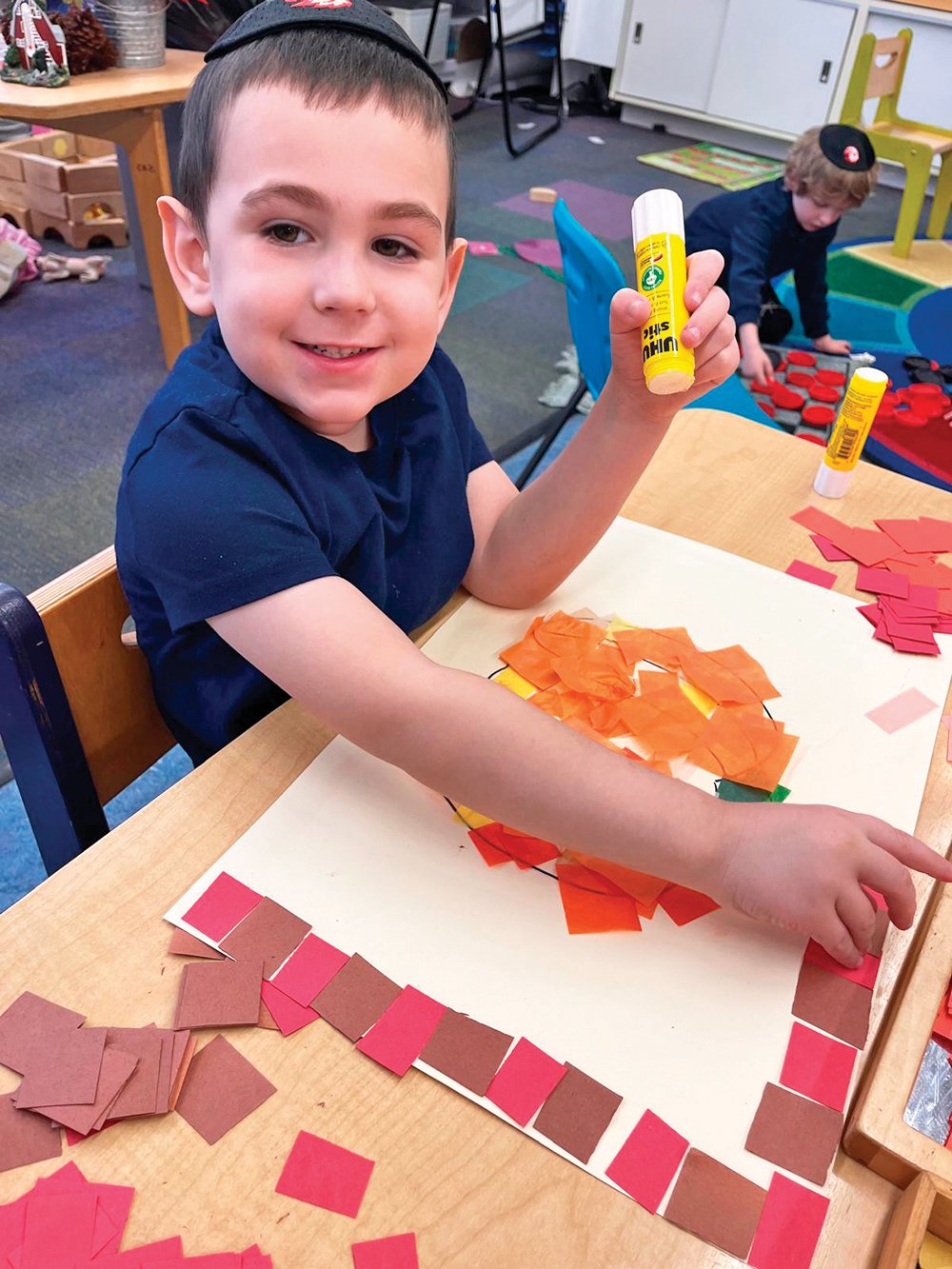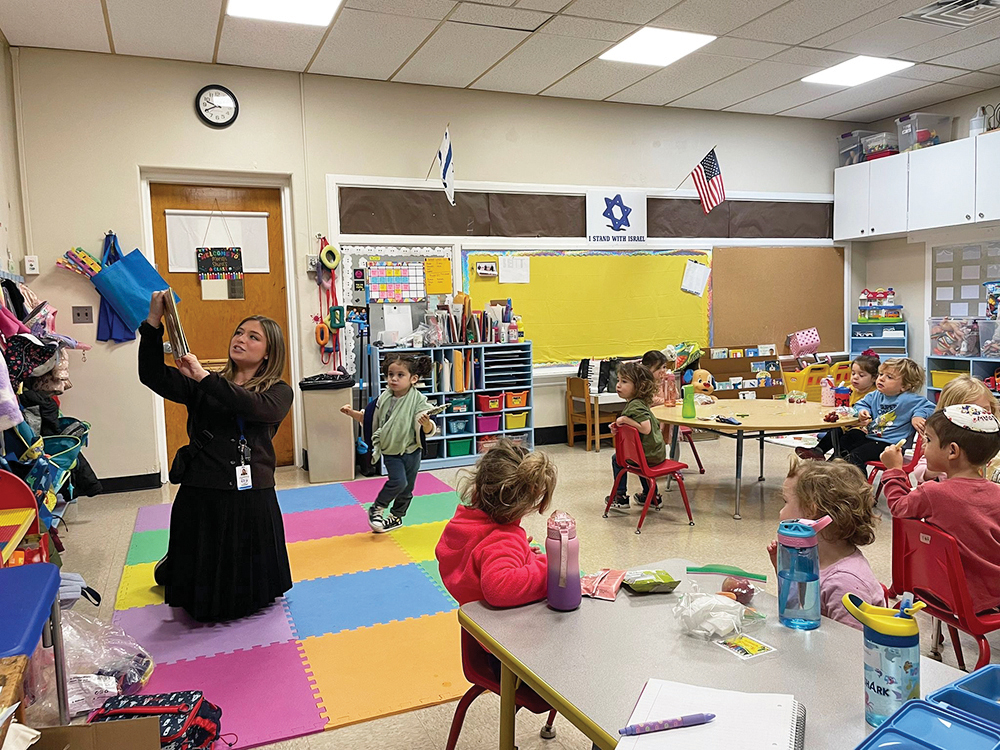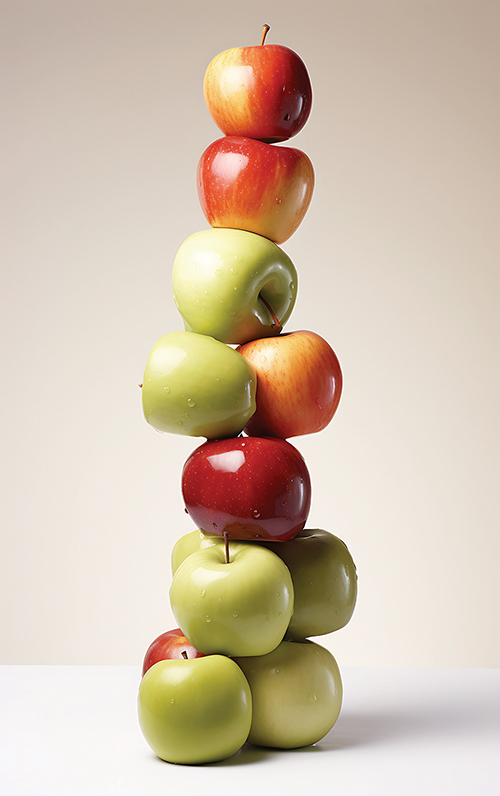
Do you ever ask in math class, “When are we ever going to need to use this?” or in Jewish studies classes, “Yeah, but how does this apply to me?” Well, in this column, I answer both questions at the same time! Math and Judaism have a lot in common and both can be taught better if they incorporate each other.
Did you know that Ki Teitzei, this week’s parsha, has the most mitzvot of all the weekly parshas? One of the last mitzvot in the parsha is the mitzvah to use honest weights and measures (Devarim 25:13-15). That is, if a storekeeper sells something by weight, he needs to make sure that the items actually weigh those amounts. And the Torah says the reward for keeping this mitzvah is a long spiritual life, the same as honoring one’s parents!
Here is a related math problem.
Moshe helps his Abba weigh bags of apples at their grocery store. They know they need to weigh them accurately to keep the mitzvah of this week’s parsha. Moshe’s Abba places a bag of apples on one side of a balance scale and Moshe puts metal blocks on the other side. He uses three different metal blocks from a pile and they make the scale balance.
The three metal blocks add up to 17 pounds. Moshe’s pile has seven metal blocks that weigh 1, 3, 4, 5, 9,14 and 16 pounds. Can you figure out the three different metal blocks Moshe used?
Solution:
The weights he chose were 3, 5, and 9 since 3 + 5 + 9 = 17. Shabbat Shalom!
Ari Blinder is a math educator living in Highland Park, NJ and the owner of Math for the Masses, an innovative math tutoring and consulting company. He can be reached at [email protected].


